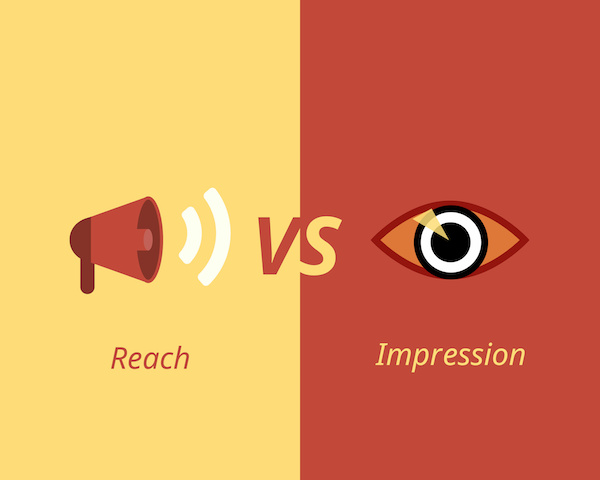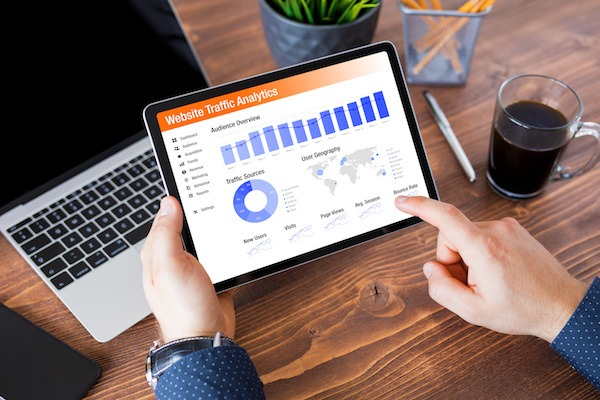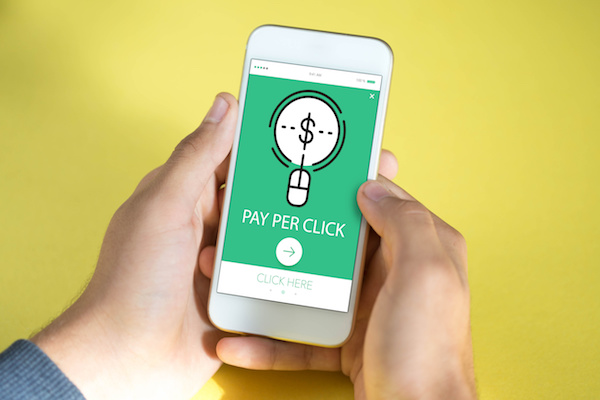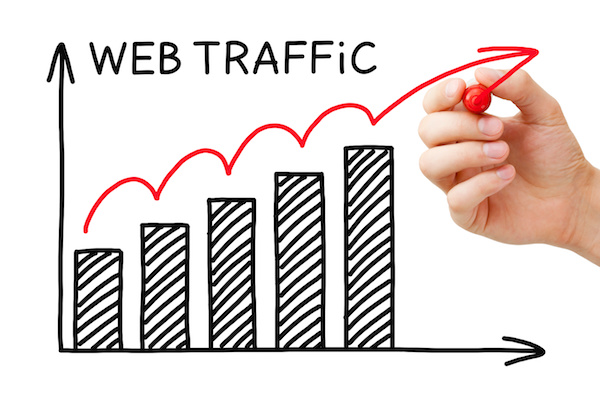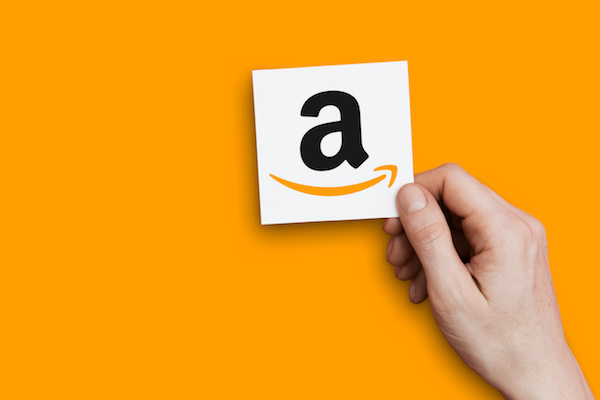
When it comes to online shopping, it’s no secret that many consumers order off of Amazon. With its convenient delivery methods and free shipping options, it’s a great way to introduce small e-commerce businesses to shoppers worldwide. This very attractive sales channel is an opportunity for vendors everywhere, however, it’s important to see if the advantages of Amazon selling are worth the cost for you.
Is Amazon selling right for your business?
Amazon has brilliantly established itself as the world’s largest online retailer and while this company has a lineup of basic products under its name, most of what it sells is from other retailers.
That said, what are the pros of Amazon selling that draw in so many vendors?
- More sales
- Gaining new customers
- Possibility for international expansion
- Low marketing costs
- No stock
More sales
Millions of active customers visit Amazon each month in search of products making it the number one place to shop online.
By listing your products on Amazon, it’s far easier to gain credibility and trust with the consumer. That’s because of the great policies and customer service set in place. Rather than buying from a company a customer has never heard of, they purchase from that company with Amazon as the middleman. This ensures Amazon’s promise and excellence.
Gaining new customers
As mentioned above, it’s likely that Amazon will help e-commerce businesses increase their sales and with that, build up their customer base. Since most users who utilize Amazon focus on finding the perfect product rather than who sells it, it works as an advantage for businesses who want to gain a wider audience. Plus, once they make their first purchase, they can be retargeted for other products by your company in the future.
International expansion
As a globally trusted selling and buying platform, it makes it easy to branch into different markets. Shipping to over 100 countries worldwide, Amazon selling allows businesses to bridge new markets.
Low marketing costs
Since Amazon already attracts millions of customers to its website daily, you don’t need to spend as much money to access them. Depending on your niche and how crowded the market is you can make significant marketing efforts will little effort or spending. After all, who does want to piggyback on Amazon’s success?
No stock
With 175 fulfillment centres around the globe, you can ship your products in bulk to Amazon and they will store your inventory, package it, and ship it when customers order. This allows business owners to not get bogged down with shipping so they can spend more time sorting through other important elements of managing business operations.
While Amazon selling is a great way to advertise your products, there are other ways you can utilize the platform to target new customers. Our digital marketing team knows the ins and outs of Amazon selling and would be happy to help you achieve your online sales goals on a budget.
Are there any advantages to Amazon selling that we missed? Drop a comment below to share with our readers.
Alex Wilks has been working as a copywriter and digital marketing strategist since 2018, with added specialties in social media and email marketing. With a Bachelor’s Degree in Journalism and Communication, she is a natural content writer with the ability to connect well with her target audience.

